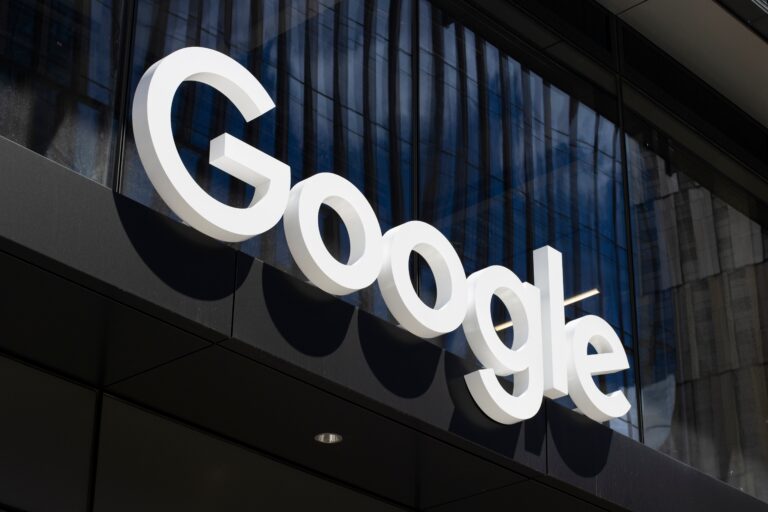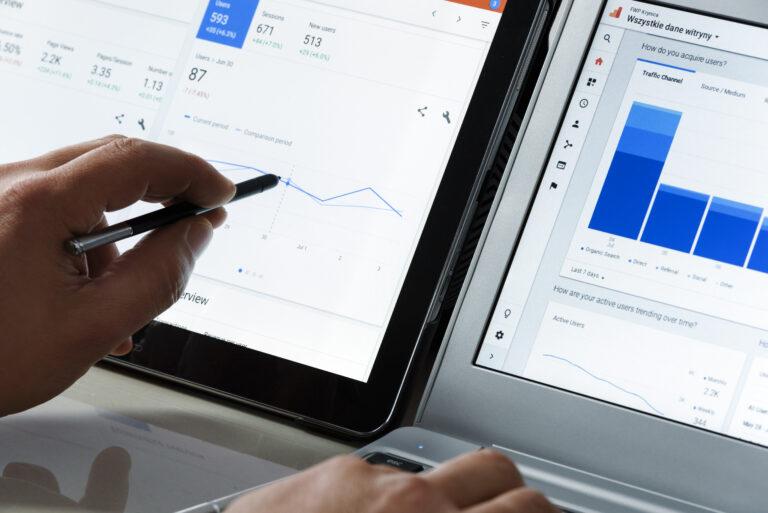Simply put, websites using Google’s marketing tools, such as Google Ads and Google Analytics, must now proactively seek permission from visitors. This is required for advertisers who wish to collect data about users and their online activities. This is not just a suggestion from Google; it is a mandatory obligation to comply with privacy laws like the GDPR in Europe. Consent solutions also need to be set up correctly from a technical standpoint. Otherwise, websites will only be able to show non-personalized ads to visitors.
Why is this change important?
If a website does not ask for or receive consent from visitors to collect personalized data, users will only see generic ads. This prevents the display of ads tailored to their interests. While this might seem like a minor detail, in the marketing world, it’s a significant shift. Personalized ads are like having a one-on-one conversation with the customer. You can consider their browsing habits, interests, and favorite products or services and show them retargeting ads. In contrast, generic ads are more like shouting in a crowded room, hoping the right person will hear and respond.
For businesses, this inevitably means adjusting their strategies. They must earn the trust of website visitors to gain their consent. It’s no longer just about what you want to show potential customers but also what they allow you to know about them.
How do these new requirements affect digital ads?
Businesses need user data for various digital marketing purposes, such as setting up Google Ads. It is still possible to run ads on the platform with limited and non-personalized data. However, most marketers aim to analyze, segment, and target different audiences. This helps maximize the effectiveness of ad spending and conversions. Starting in March, businesses must obtain user consent before they can collect and use this data for advertising. As a marketer, it’s essential to be aware of the following:
- From March 2024, companies must prove they have user consent before showing personalized ads through Google’s platform.
- Businesses that implement a Consent Management Platform (Consent Management Platform) and Google Consent Mode on their websites (Google Consent Mode) can provide Google with information about user consent. Then they can display personalized ads to users who have given their approval. Businesses can still display non-personalized ads if the user hasn’t provided consent.
- Companies that fail to implement consent management and consent mode by March will still be able to show ads on Google’s platforms, but only non-personalized ones. These are based on generalized data and customer information, not specific user analysis.
- If you’re using APIs on your website to share audience data with Google, you’ll need to update them to the latest version to ensure consent information is transmitted to the platform.
Next Steps for Marketers
Google’s March 2024 deadline for advertisers in the European Union and the UK is fast approaching. Fortunately, integrating a consent management platform and Google’s Consent Mode into websites is quick and easy. This will give marketers the foundation to protect their digital ad performance this year and beyond.
This change is an opportunity to build more transparent and trust-based relationships between businesses and consumers. After all, trust is the most valuable currency in the digital age.
If you need help implementing consent solutions and Google’s Consent Mode, get in touch. We can assist in making these changes so that your ad performance remains unaffected after this important update.









